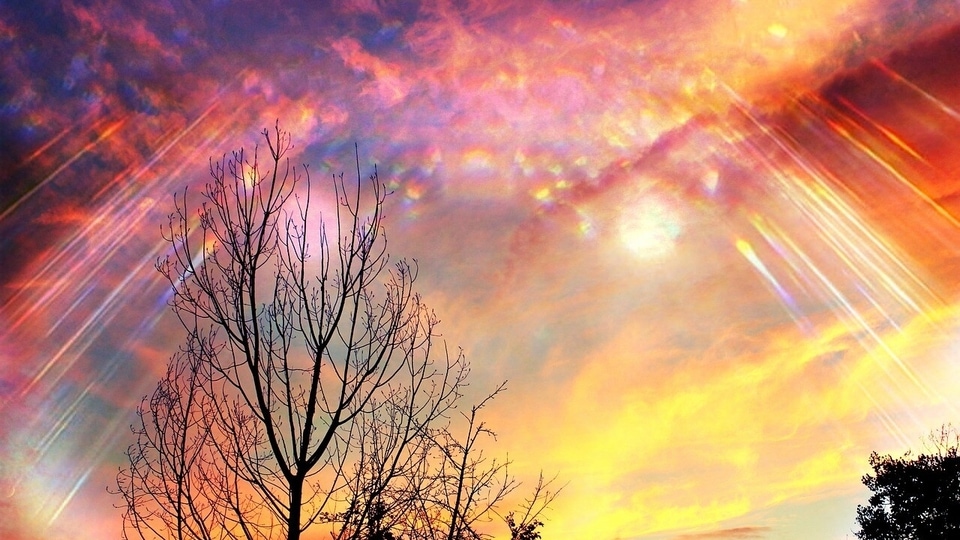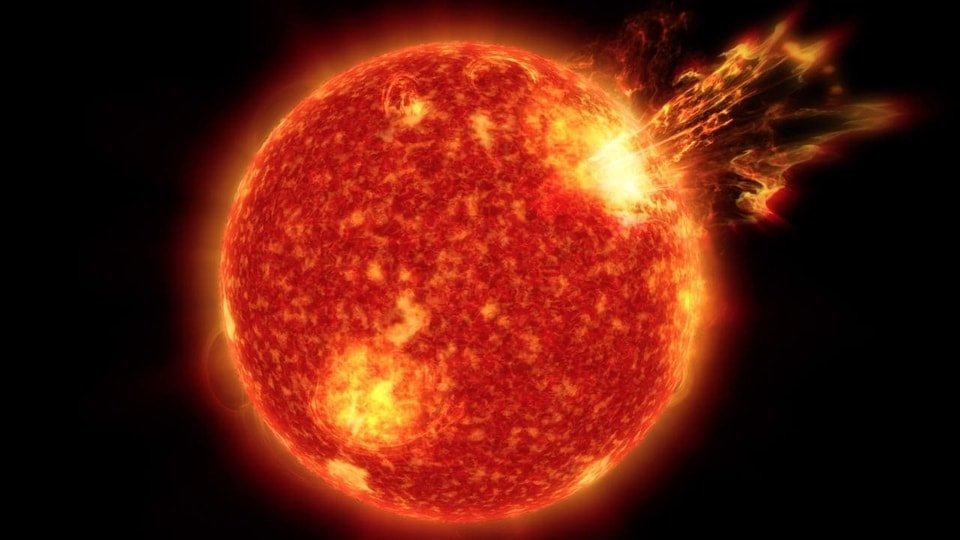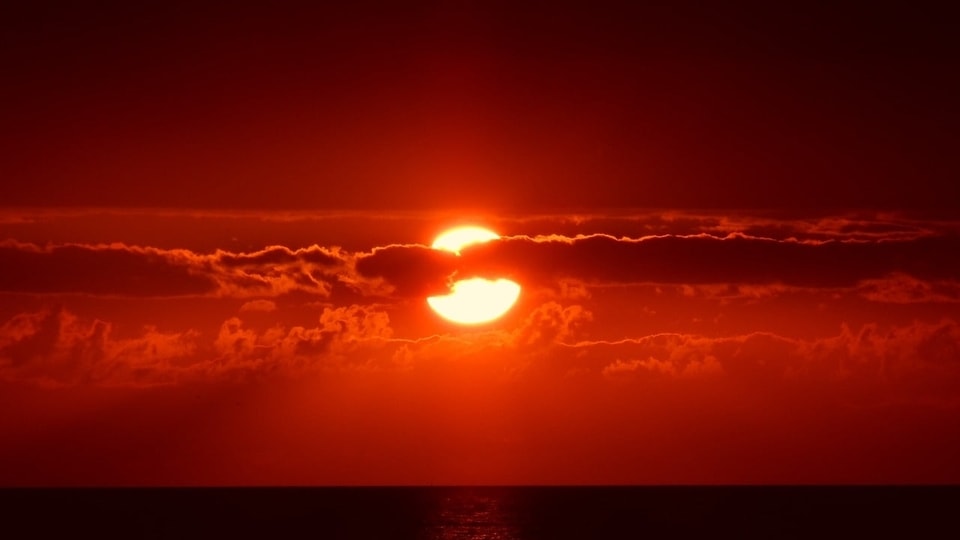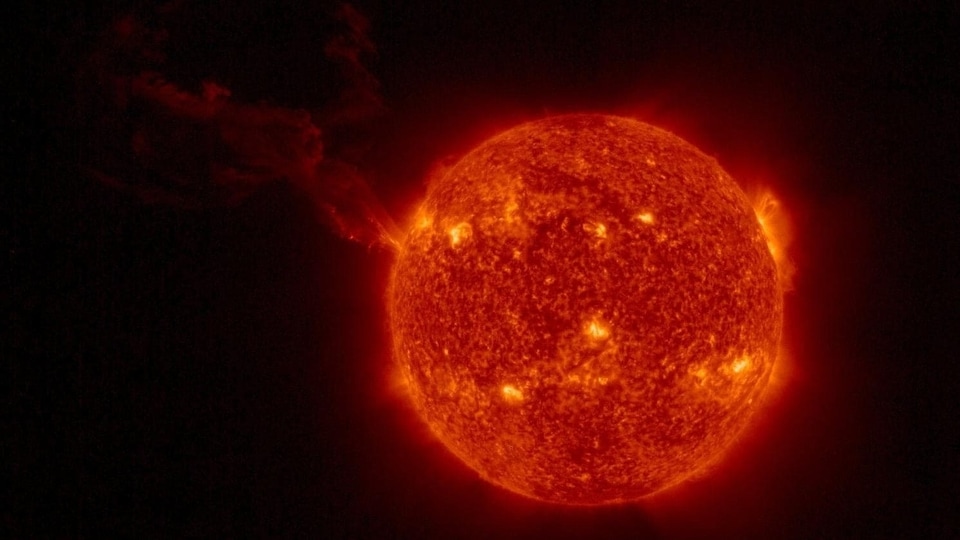Sun sparks solar storm, causes radio blackouts on Earth; NASA SDO reveals reason and affected regions
Sun has been active and the Earth has been hit by a solar storm. The reason behind that is an X-class solar flare that impacted Earth on December 31 and it is still affecting the planet with radio blackouts. Know what NASA SDO said.






 View all Images
View all ImagesOn December 31, the Sun generated the strongest solar flare in 7 years and it was captured by the NASA Solar Dynamics Observatory (SDO). It originated from the same sunspot that hurled out another X2.8 solar flare on December 14. According to the National Oceanic and Atmospheric Administration (NOAA), this X-class solar flare also sparked radio blackouts. Now, it has been revealed that Earth is still reeling from the efforts of the solar storm thereby generated, and radio blackouts are still being observed. The regions specifically hit are in the Polar regions. The solar storm also generated some beautiful auroras in this region. Know all about it.
X-class solar flare sparks radio blackouts
The solar flare hurled out by the Sun was of X5.0 intensity. The NOAA report states, “An X2.8 flare (R3) occurred from Region 3514; located over the far NW area of the Sun. This is likely one of the largest solar radio events ever recorded. Radio communication interference with aircraft were reported by multiple NWS Center Weather Service Units (CWSU) co-located at FAA facilities. These impacts were felt from one end of the Nation to the other. Additionally, SWPC is analyzing a possible Earth-directed Coronal Mass Ejection (CME) associated with this flare.”
For the unaware, X-class solar flares are the strongest in intensity and can create radiation storms that have the potential to harm the satellites. Moreover, these devastating flares can disrupt global communications and bring down the power grids to create blackouts.
A similar occurrence happened in the Polar regions, as the polar absorption event sparked by the X-class solar flare is still underway. According to a report by SpaceWeather, it has created a shortwave radio blackout in some areas. Frequencies below 35 MHz are being attenuated, while anything below 10 MHz is being completely blacked out. It has also been deemed one of the largest solar radio events ever recorded.
The reason behind radio blackouts
As per the report, the Protons hurled out towards Earth as a result of the solar flare eruption hitting Earth. While the planet's magnetic field protects it from most particles, they are funneled towards the poles, where they cause an ionizing effect, effectively absorbing shortwave radio waves.
Also, read these top stories today:
Fierce Tech Titan Fight Over AI in 2023!
After OpenAI stole the limelight, Google, Microsoft, Amazon and other Big Tech companies rushed muscled in on the Generative AI action.
The one thing that distracted everyone was the OpenAI sideshow that starred Sam Altman.
Read all about it here:
If you enjoyed reading this article, please forward it to your friends and family.
New TVs coming!
Roku Inc., the maker of TV streaming boxes and software, is debuting its first high-end TVs.
Some interesting details in this article. Check it out here.
AI bid to bridge the gap!
Intel on Wednesday said it was forming a new independent company around its artificial intelligence software efforts
Jump in right now here.
Found it interesting? Go on, and share it with everyone you know.
One more thing! We are now on WhatsApp Channels! Follow us there so you never miss any updates from the world of technology. To follow the HT Tech channel on WhatsApp, click here to join now!
Catch all the Latest Tech News, Mobile News, Laptop News, Gaming news, Wearables News , How To News, also keep up with us on Whatsapp channel,Twitter, Facebook, Google News, and Instagram. For our latest videos, subscribe to our YouTube channel.
































